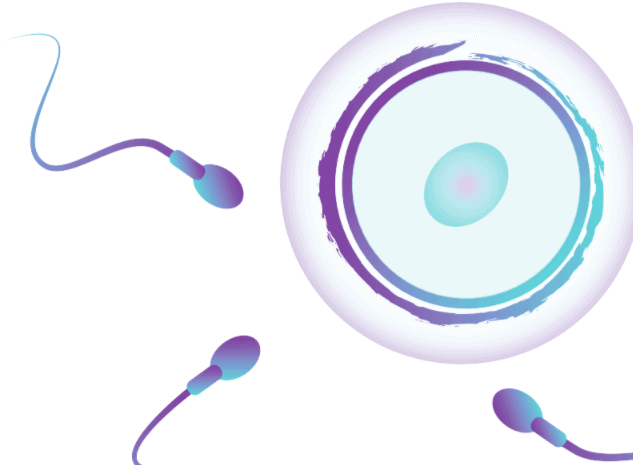Cycle monitoring is a process that follows the development of the ovarian follicles. This can be used to determine the health of a menstrual cycle and as a tool in preconception and fertility care. During the COVID-19 pandemic when we may not have access to conventional diagnostic cycle monitoring with ultrasound and bloodwork, we can alternatively look for signs of healthy hormone changes that naturally occur during a menstrual cycle.
A menstrual cycle consists of four phases which are regulated by the cyclical secretions of the hormones: Follicle Stimulating Hormone (FSH), Luteinizing Hormone (LH), Estrogen, and Progesterone.
These four phases include:
- Menstrual phase: this phase can last between 3-7 days and is characterized by bleeding when a pregnancy does not happen.
- Follicular phase: Day 3-14. FSH matures a follicle, and as the follicle matures it produces estrogen. The endometrium starts to thicken in the later follicular phase.
- Ovulatory phase: Ovulation is an event that occurs around the middle of the menstrual cycle. When the preovulatory follicle is ready it produces a notable rise in estradiol which stimulates an LH surge. About 10-12 hours after this LH surge the follicle releases an egg. Once the egg has been released there is a decrease in LH and FSH, and estrogen and progesterone begin to rise.
- Luteal phase: Days 15-28. After the follicle releases the egg, the follicle develops into something called a corpus luteum which secretes progesterone. Progesterone stimulates the endometrial lining to thicken and prepare for implantation. When implantation of an embryo does not occur the corpus luteum degenerates, and estrogens and progesterone levels decrease resulting in menstruation.
During these four phases there are key signs that indicate a healthy menstrual cycle. When we are naturally cycle monitoring at home, we can pay attention to these signs, which include:
- Menstrual history
- Are your periods regular?
- What is the length of your cycle? How much flow is there (is it heavy, medium or light)? What is the consistency of the menses?
- Are there any notable mood changes? For example, some women at midcycle (ovulation time) experience an increase in libido. Closer to menstruation, some women report being a little more irritable.
- Use of Ovulation Predictor Kits/LH Strips
- The main sign of ovulation is that an LH surge happens mid-cycle. The beginning of this surge starts around 34-36 hours prior to ovulation.
- These strips test for the rise in LH which indicates ovulation has happened.
- Basal Body Temperature
- The basal body temperature (BBT) rises about 0.5°C one to two days after ovulation and remains elevated until the end of the cycle.
- When taking your temperature at the same time each morning, what is the pattern in your BBT charting?
- Cervical Mucus
- During a menstrual cycle, the cervical mucus fluctuates in its texture and volume. Around mid-cycle, one will notice that the cervical mucous volume increases and becomes like an “egg white” texture.
So, when monitoring your cycle “naturally” at home, these four tools can give you information about your reproductive health. To learn more about how you can support your fertility, or to book a virtual appointment with a Conceive Health ND, contact us today.



